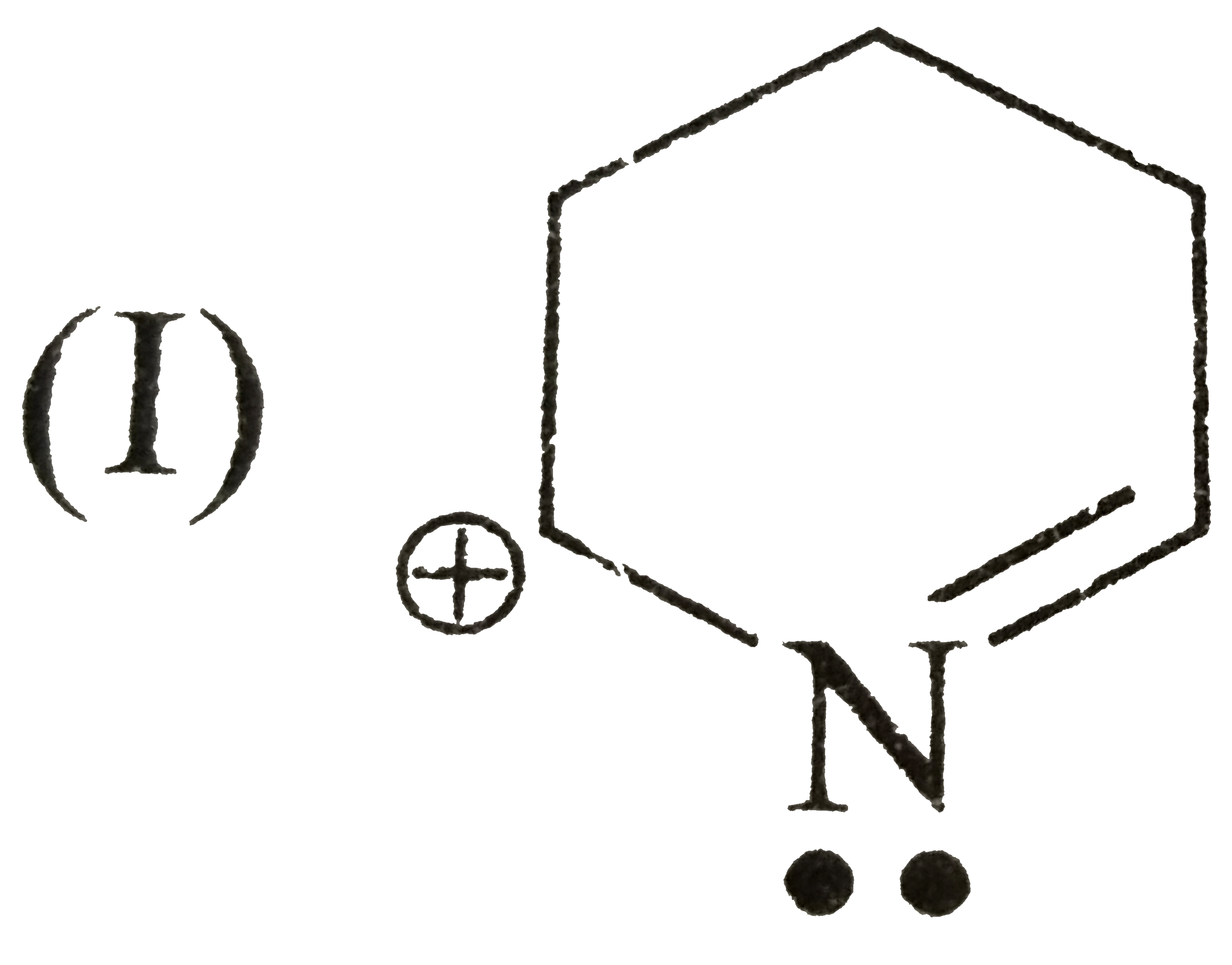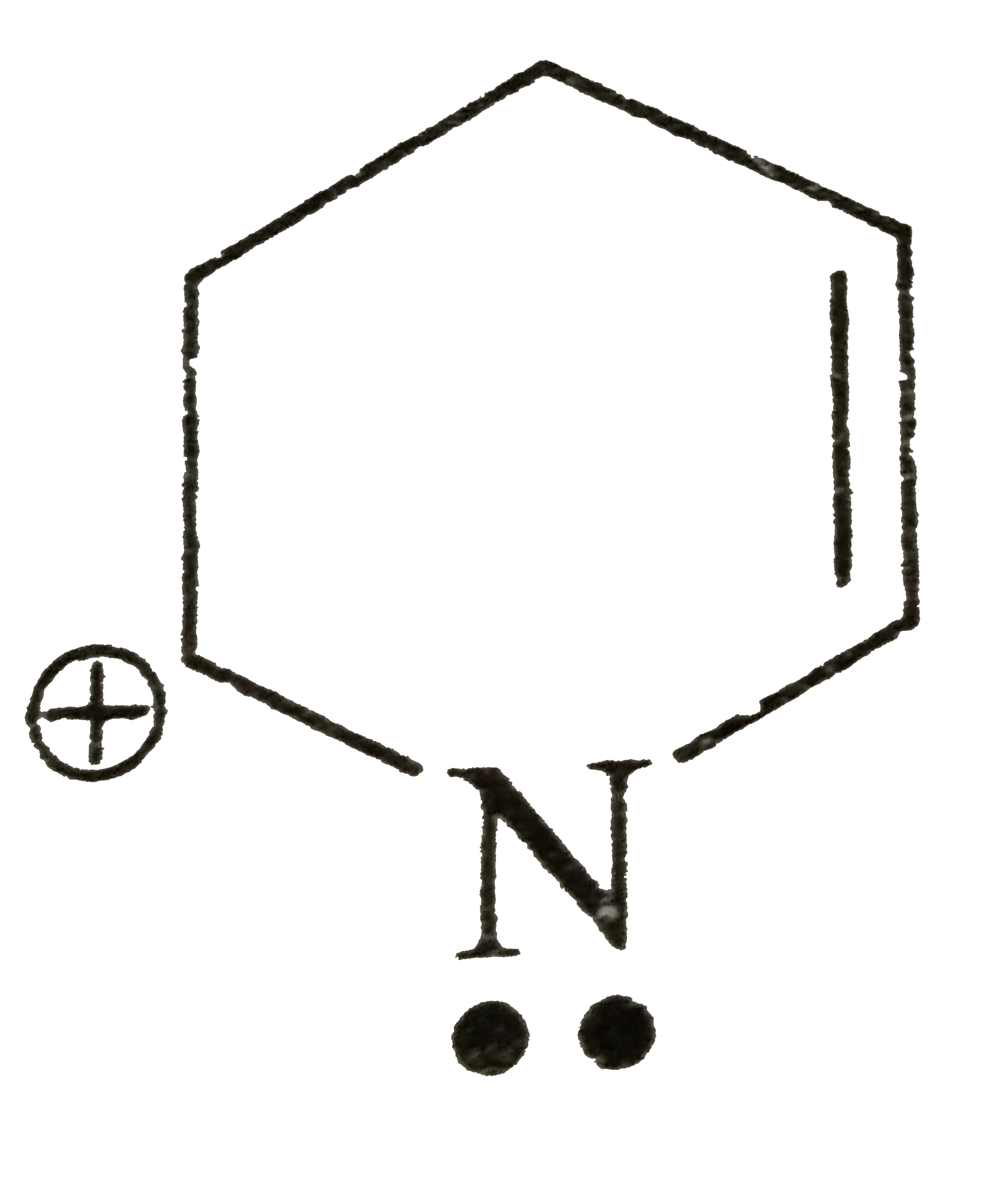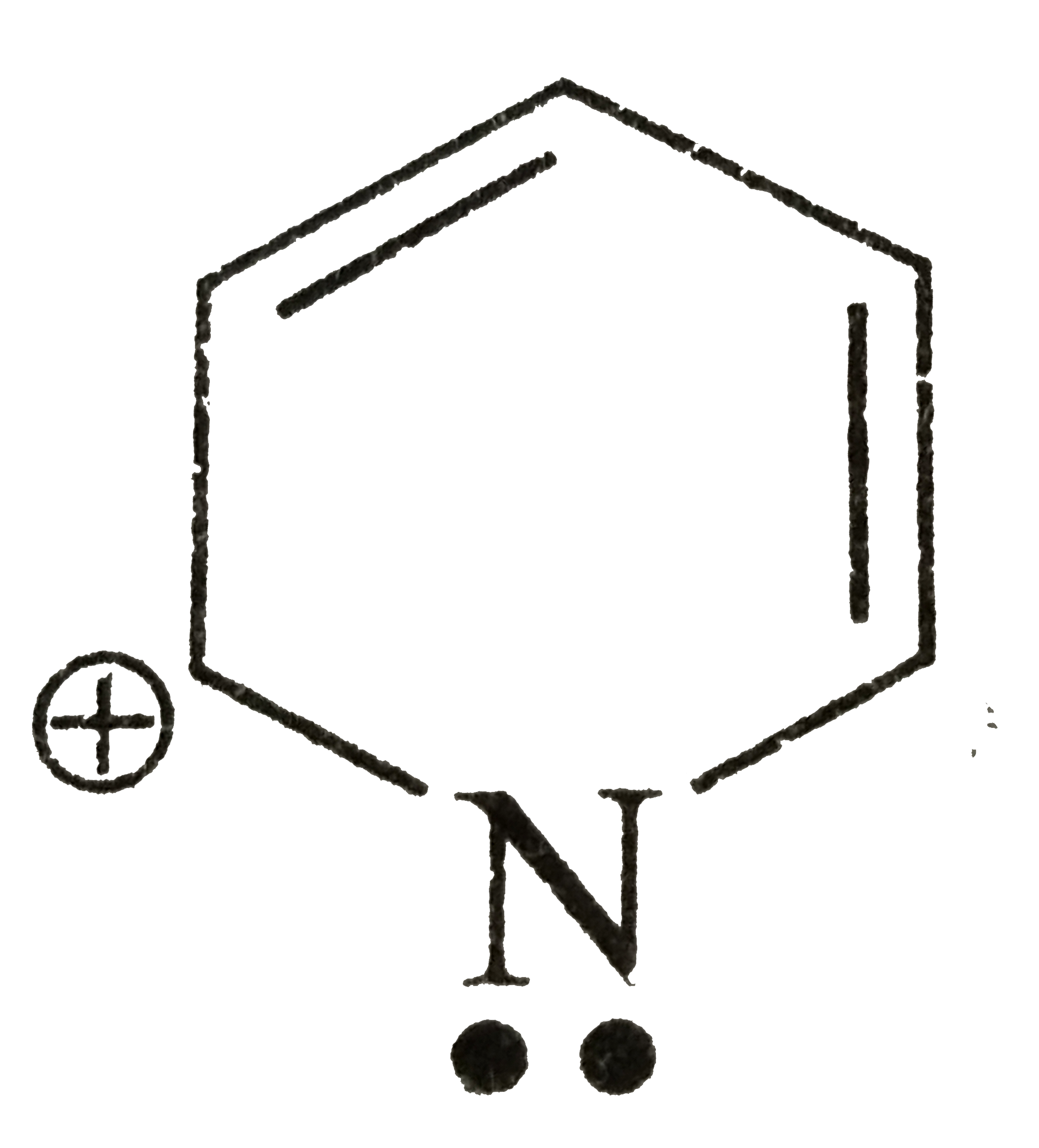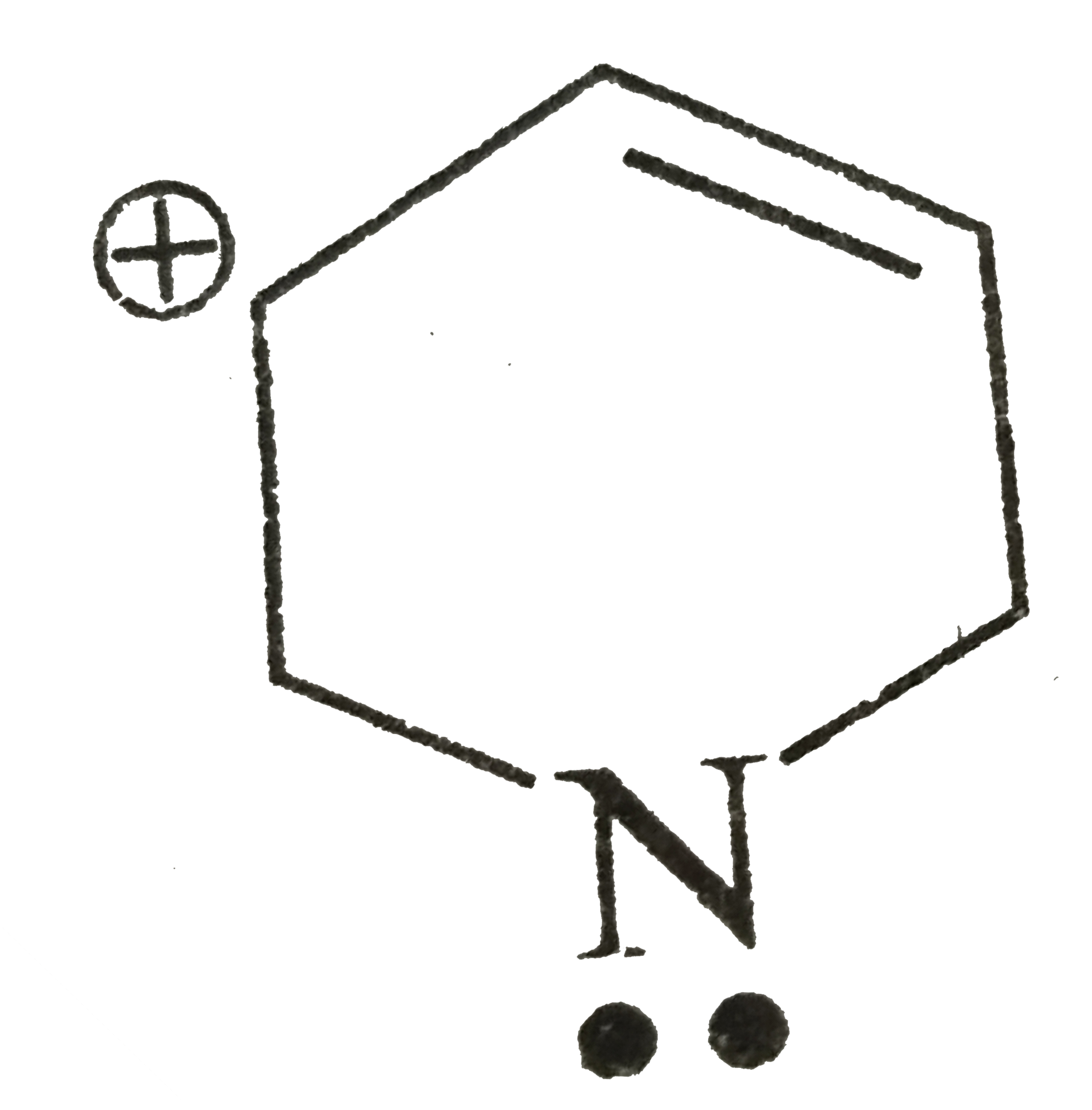Which is correct order of stability of carbanions ?
2∘>1∘>3∘
1∘>2∘>3∘
1∘<2∘<3∘
3∘>1∘>2∘
To determine the correct order of stability of carbanions (1°, 2°, and 3°), we need to analyze the structure and the effects of substituents on the carbanion.
1. Understanding Carbanions:
- A carbanion is a negatively charged carbon atom that has three bonds and one lone pair of electrons. The stability of carbanions depends on the ability of surrounding groups to stabilize the negative charge.
2. Identifying the Types of Carbanions:
- 1° Carbanion: The carbon with the negative charge is connected to one other carbon atom.
- 2° Carbanion: The carbon with the negative charge is connected to two other carbon atoms.
- 3° Carbanion: The carbon with the negative charge is connected to three other carbon atoms.
3. Analyzing the Inductive Effect:
- Alkyl groups exhibit a +I (positive inductive) effect, meaning they donate electron density towards the carbanion. This electron donation increases the negative charge on the carbanion, making it less stable.
- In a 1° carbanion, there is only one alkyl group donating electron density, which means it is the least destabilized.
- In a 2° carbanion, there are two alkyl groups donating electron density, which increases instability compared to the 1° carbanion.
- In a 3° carbanion, there are three alkyl groups donating electron density, making it the most unstable.
4. Conclusion:
- Based on the analysis of the inductive effect and the number of alkyl groups attached to the carbanion, the order of stability is:
- 1° Carbanion > 2° Carbanion > 3° Carbanion
Final Answer:
The correct order of stability of carbanions is:
1° > 2° > 3°
- A carbanion is a negatively charged carbon atom that has three bonds and one lone pair of electrons. The stability of carbanions depends on the ability of surrounding groups to stabilize the negative charge.
- 1° Carbanion: The carbon with the negative charge is connected to one other carbon atom.
- 2° Carbanion: The carbon with the negative charge is connected to two other carbon atoms.
- 3° Carbanion: The carbon with the negative charge is connected to three other carbon atoms.
- Alkyl groups exhibit a +I (positive inductive) effect, meaning they donate electron density towards the carbanion. This electron donation increases the negative charge on the carbanion, making it less stable.
- In a 1° carbanion, there is only one alkyl group donating electron density, which means it is the least destabilized.
- In a 2° carbanion, there are two alkyl groups donating electron density, which increases instability compared to the 1° carbanion.
- In a 3° carbanion, there are three alkyl groups donating electron density, making it the most unstable.
- Based on the analysis of the inductive effect and the number of alkyl groups attached to the carbanion, the order of stability is:
- 1° Carbanion > 2° Carbanion > 3° Carbanion
The correct order of stability of carbanions is:
1° > 2° > 3°
Similar Questions
Knowledge Check
Which of the following is correct order of stability of carbocation?
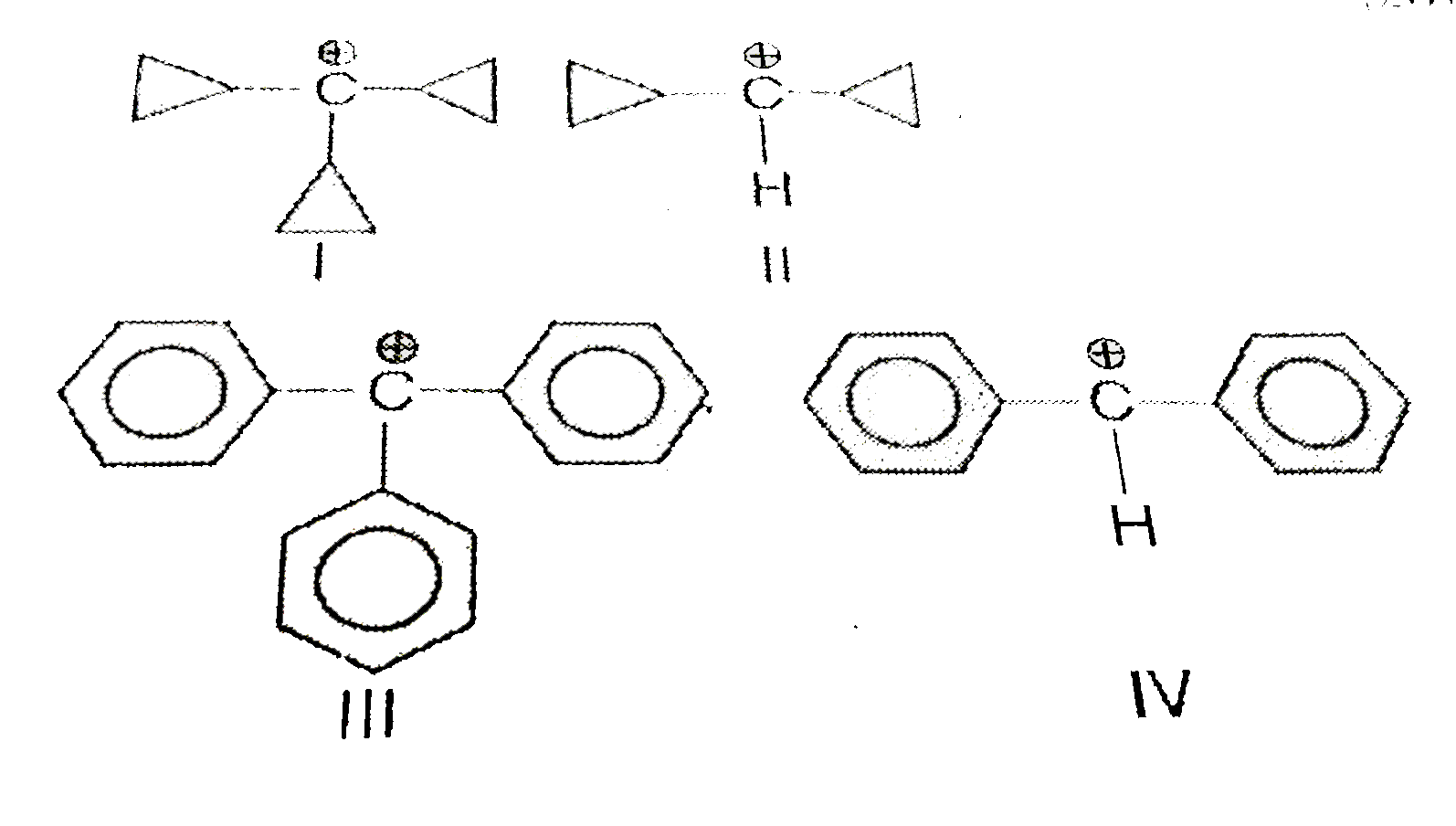 AIV>III>II>IBI>II>III>IVCIII>II>I>IVDI>III>II>IV
AIV>III>II>IBI>II>III>IVCIII>II>I>IVDI>III>II>IVCorrect order of stability is:
A1- butene > Trans-2- butene > Cis -2- buteneBTrans-2-butene>1-butene > cis-2-buteneCTrans-2-butene > cis--2-butene > 1-buteneDCis-2-butene > Trans-2-butene> 1 buteneThe correct order of stability is
APb4+>Sn4+BPb4+>Pb2+CSn2+>Sn4+DPb2+>Sn2+
Which is correct order of stability of free Radical?
View SolutionWhich of the following represents the correct of order of stability of carbocations?
View SolutionThe correct order of stability of dienes is
View Solution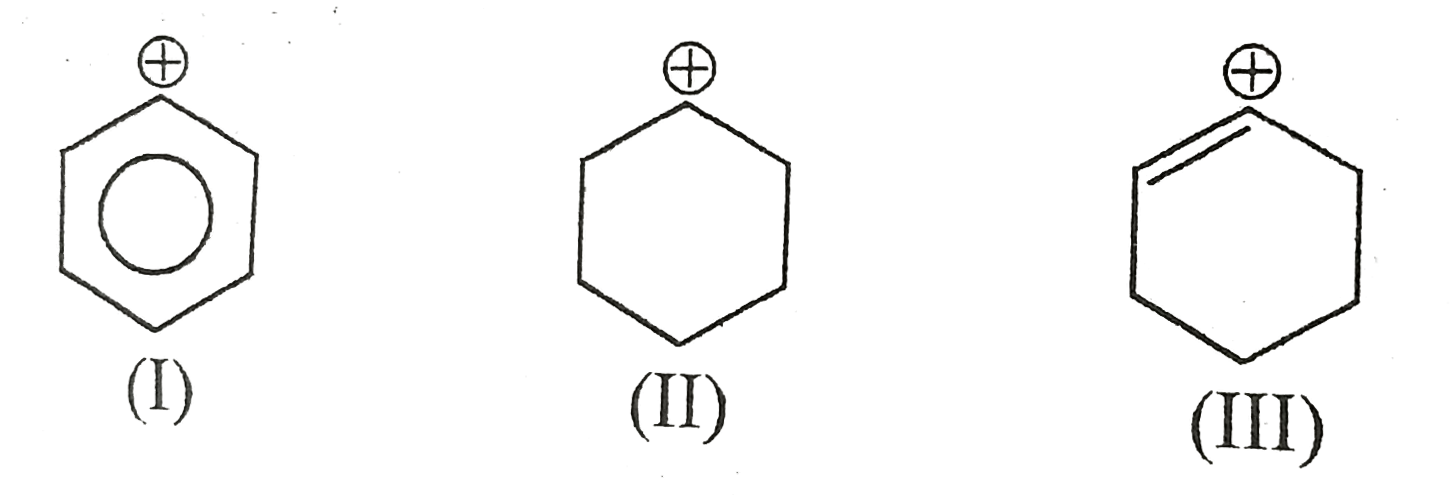
Correct order of stability of these carbocatios is:
View SolutionSelect correct order of stabillity.
View Solution

